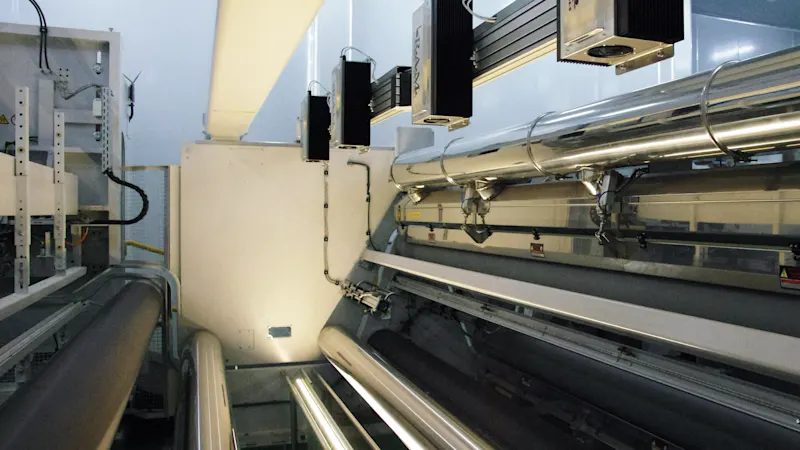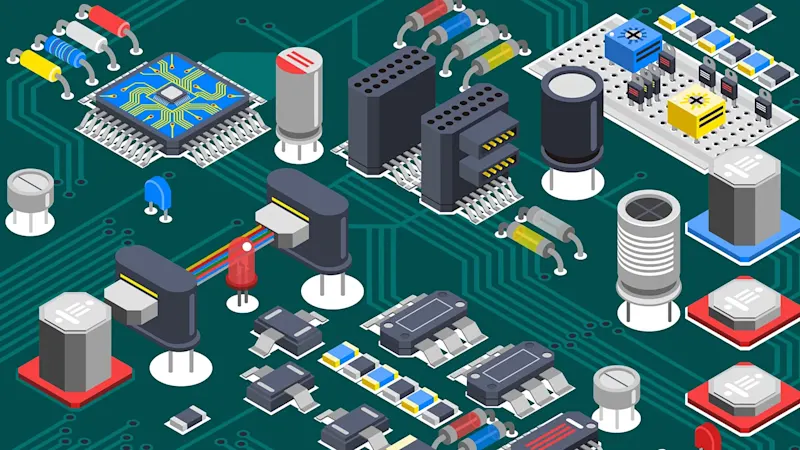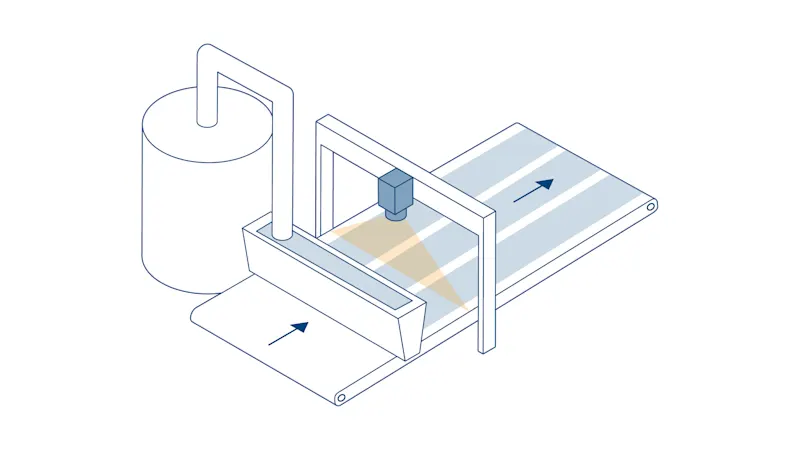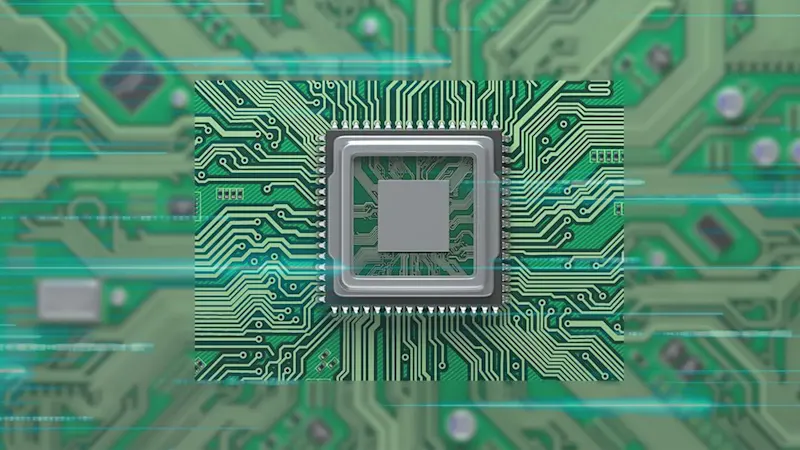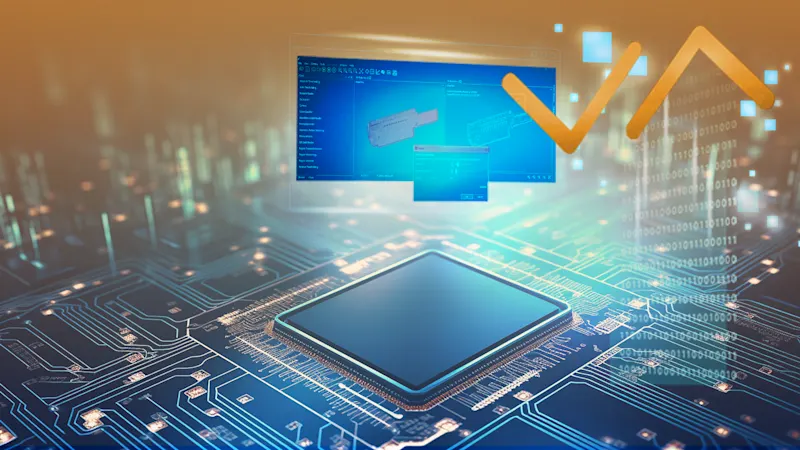FPGA-based preprocessing solutions to optimize vision systems
Our FPGA-based preprocessing solutions process image data in real time in the frame grabber to reduce latency, lower the load on the CPU, and optimize overall system costs. Experience your customized preprocessing design today.

Data processing bottlenecks in vision systems
Industrial sites generate gigabytes of images every second. But CPU/GPUs alone can't keep up with this data. Introducing high-performance computing equipment skyrockets system costs, and real-time processing failures eventually lead to productivity losses. The more complex the preprocessing logic, the more the stability of the entire system is compromised.
Increased data volume
The adoption of high-resolution sensors has led to a sharp increase in data volume, making it difficult to manage with existing systemsIncreased cost burden
A system centered around expensive GPUs and high-performance CPUs becomes necessaryReal-time processing delays
Delays in real-time processing result in decreased productivityPoor system performance
Complex image preprocessing tasks lead to a decline in overall system performance
FPGAs, CPUs, and GPUs: Why the Optimal Combination Is Essential
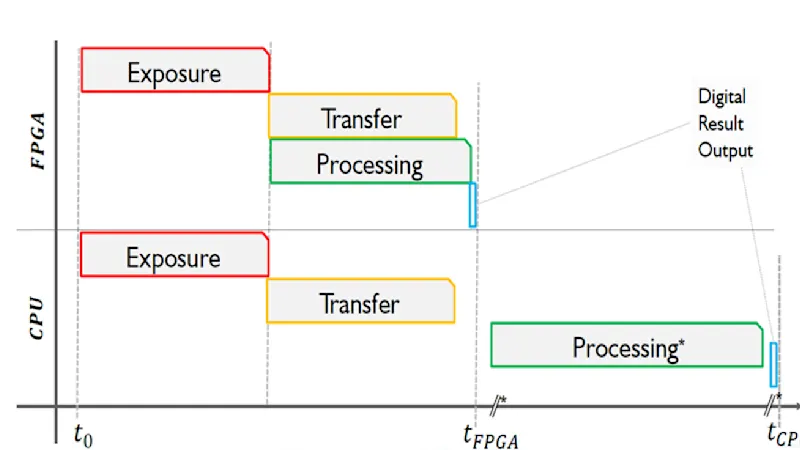
FPGAs process image data in parallel at the hardware level, eliminating CPU/GPU bottlenecks. By processing data in real time, you can precisely time your inspections and minimize system load. Especially in high-bandwidth applications, FPGAs offer superior throughput and response time.
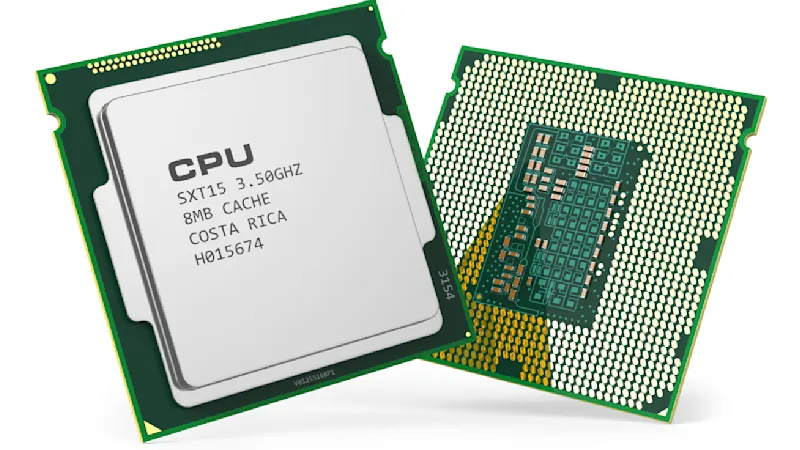
Limitations of CPUs
Architectural characteristics: Sequential processing, optimized for general-purpose computation
Data bottlenecks: Memory bandwidth constraints when processing large data streams
Scalability issues: Performance drops sharply as computational load increases with complex algorithms.
Real-time processing: Difficulty with consistent real-time processing in multitasking environments
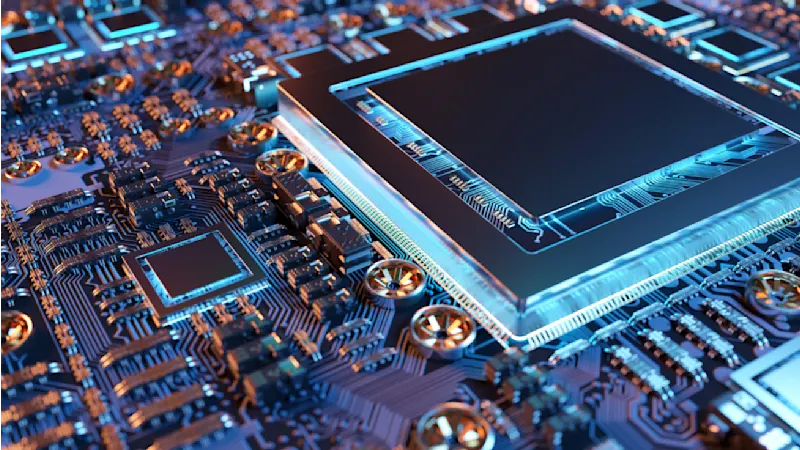
Key Features of GPUs
Parallel processing: GPUs enable simultaneous processing across thousands of cores.
Optimized Workloads: Particularly effective for specialized tasks such as deep learning and matrix computations, etc.
Resource Demands: High power consumption and heat generation, high cost
Data Transfers: Overhead occurs when transferring data between CPU and GPU
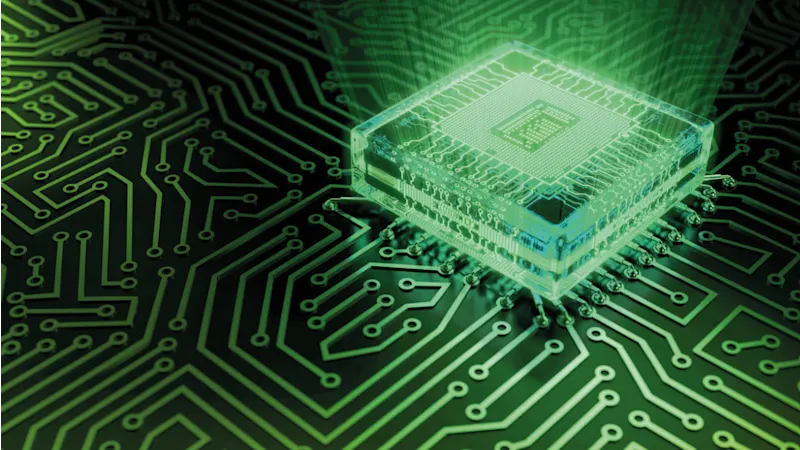
Unique Strengths of FPGA Technology
Hardware acceleration: Custom-designed circuits optimized for specific algorithms deliver maximum processing efficiency.
Parallel pipelines: Capable of handling multiple data streams simultaneously to boost throughput.
Deterministic (always constant) latency: Consistently predictable processing times ensure reliable and stable performance.
Energy efficiency: Implements only necessary computations in hardware to minimize power consumption.
Independent operation: Maintains stable performance regardless of host system load
Optimal System Architecture: Leveraging Each Processor’s Strengths
The ideal machine vision system combines FPGA, CPU, and GPU to maximize the advantages of each processor type.
- FPGA: Performs real-time preprocessing immediately after image acquisition, including filtering and feature extraction.
- CPU: Manages overall pipeline control, handles logic processing, and performs result analysis.
- GPU: Executes deep learning-based analysis and advanced computations when required.
Performance Breakthrough: The FPGA Advantage
While CPUs and GPUs offer versatility, they face inherent limitations in bandwidth and latency for high-speed real-time image processing. FPGA overcomes these challenges through hardware-level parallel processing, delivering ultra-fast response times with significantly lower power consumption.
Metrics | Post-processing with CPU | FPGA-based preprocessing | Improvement rate |
|---|---|---|---|
CPU utilization | 40.80% | 5.94% | 85% reduction |
Processing speed | 17 fps | 215 | 1,165% improvement |
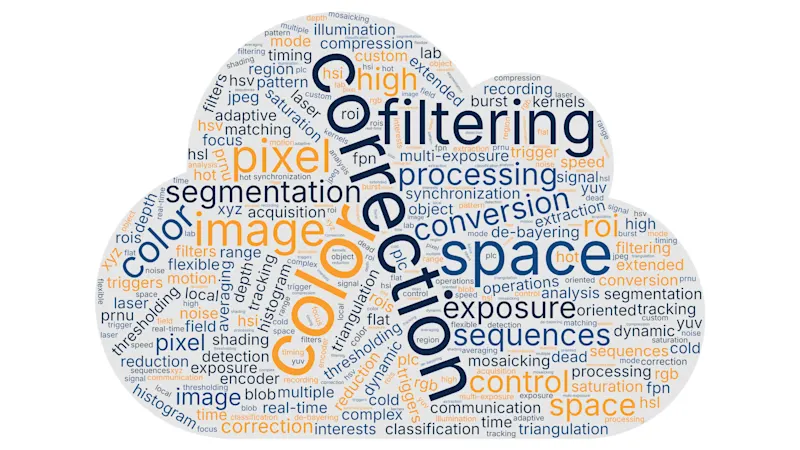
FPGA programming made easy
Basler’s VisualApplets IDE simplifies real-time image processing on FPGAs, enabling easy programming of our imaFlex frame grabbers without a run-time license and customization of our industrial cameras. Purchase the hardware, and we’ll support you with algorithm development—often at little to no cost, depending on complexity. With preconfigured applets or custom HDL libraries, FPGA-based vision solutions are easier than ever.

Expected Cost Savings with FPGA-Based Solutions
Hardware Costs: Reduce expenses by replacing high-end CPUs/GPUs with a balanced combination of mid-range CPUs and FPGA.
Maintenance Costs: Lower maintenance costs through improved system stability and reliability.
Development Time: Shorten development cycles using VisualApplets for faster implementation.
Productivity Gains: Increase throughput with faster inspection speeds, boosting overall production capacity
Example imaging algorithms
Unlike traditional algorithms fixed in conventional cameras or frame grabber FPGAs, VisualApplets enables application-specific customization, supporting new and complex vision tasks. Leveraging Basler’s expertise in camera sensor control and imaging algorithms, we deliver market-leading, efficient vision solutions tailored to solve your unique machine vision challenges.







